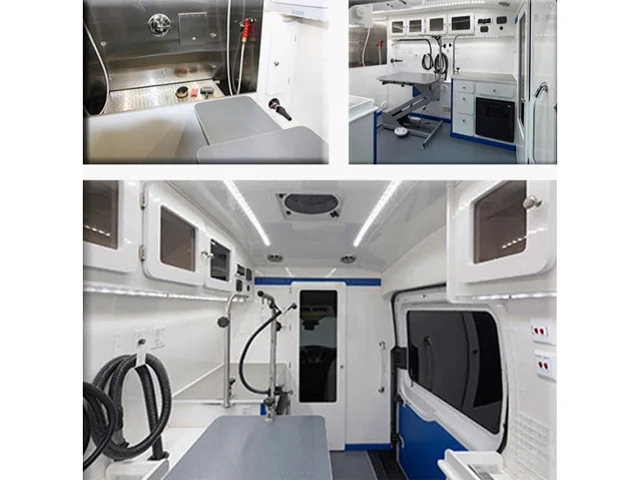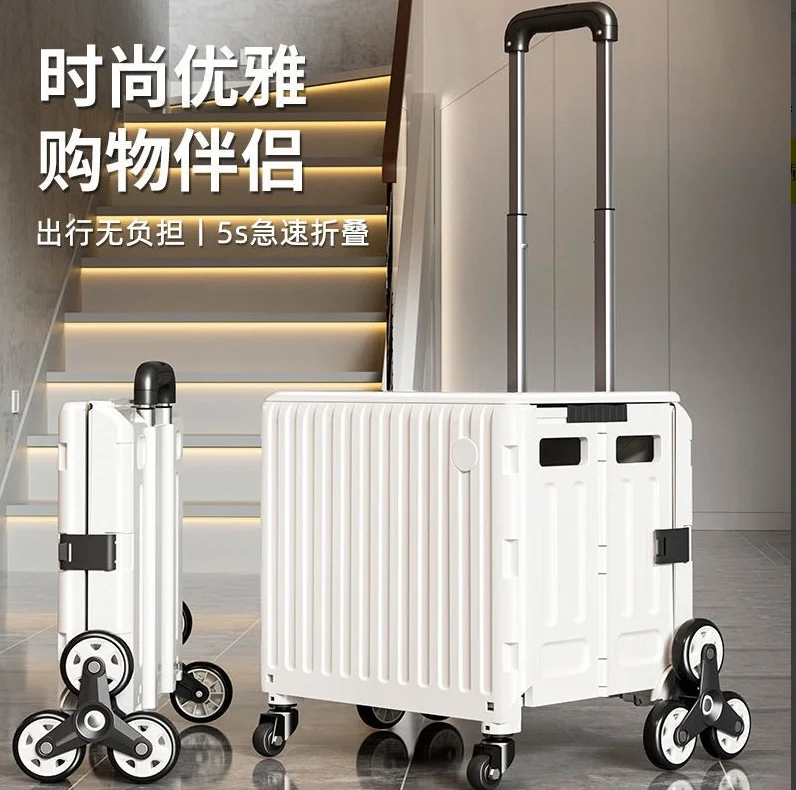When it comes to relocating or purchasing a vehicle from a distant location, one of the most pressing questions many car owners face is whether it is cheaper to ship a car or drive it themselves. This decision is not merely a matter of convenience; it involves a careful analysis of costs, time, and potential risks. In this article, we will delve into the various factors influencing this decision, providing a comprehensive guide to help you make an informed choice.
Understanding the Costs Involved
- Direct Costs of Driving
Driving a car across the country or to a new state involves several direct costs that can add up quickly. These include:
- Fuel Expenses: The most significant cost associated with driving is fuel. Depending on your vehicle's fuel efficiency and the distance traveled, this can range from a few hundred to over a thousand dollars. For instance, if your car averages 25 miles per gallon and you are driving 1,500 miles, you might spend around $200-$300 on gas, assuming a fuel price of $3 per gallon.
- Accommodation: If the journey requires multiple days of travel, lodging costs can significantly increase your overall expenditure. Budget hotels can cost anywhere from $70 to $150 per night, depending on the location and quality.
- Food and Miscellaneous Expenses: Meals on the road can add another layer of costs. Eating out can easily run $30-$50 per day per person, depending on your dining choices.
- Wear and Tear: Driving long distances can lead to increased wear and tear on your vehicle, which may necessitate future repairs or maintenance. This is often an overlooked cost but can be significant, especially if your vehicle is older.
- Direct Costs of Shipping
Shipping a car, on the other hand, involves a different set of costs:
- Shipping Fees: The primary cost of shipping a car is the transportation fee itself. Depending on the distance, the type of transport (open vs. enclosed), and the shipping company, prices can range from $500 to over $1,500. Open transport is generally cheaper but offers less protection than enclosed transport.
- Insurance: While most shipping companies provide basic insurance, you may want to purchase additional coverage for peace of mind, especially for high-value vehicles. This can add to your overall shipping costs.
- Preparation Costs: Preparing your car for shipping may involve cleaning it, removing personal items, and ensuring it is in good working condition. Some companies may charge for these services.
Time Considerations
Time is another critical factor in the decision-making process. Driving a car across the country can take several days, depending on the distance and your driving habits. This time commitment can lead to lost wages if you are taking time off work, which is an indirect cost that should not be overlooked.
In contrast, shipping a car can be more time-efficient. Most shipping companies can pick up your vehicle and deliver it within a week or two, allowing you to focus on other aspects of your move or travel. This can be particularly advantageous for busy professionals or families with tight schedules.
Risk Assessment
Driving a car long distances comes with its own set of risks, including:
- Accidents: The longer you drive, the higher the likelihood of encountering an accident. This risk can lead to costly repairs and potential injuries.
- Breakdowns: Mechanical failures can occur, especially in older vehicles. This can lead to unexpected expenses and delays.
- Weather Conditions: Depending on the time of year, driving can expose you to adverse weather conditions, which can be dangerous and may require detours or delays.
Shipping a car, while not without its risks, typically involves less exposure to these hazards. Reputable shipping companies have protocols in place to ensure the safe transport of vehicles, and they often have insurance to cover any potential damages during transit.
Conclusion: Making the Right Choice
Ultimately, whether it is cheaper to ship a car or drive it yourself depends on various factors, including distance, vehicle condition, and personal circumstances. For shorter distances, driving may be more economical, while for longer distances, shipping could save you time and potential headaches.




